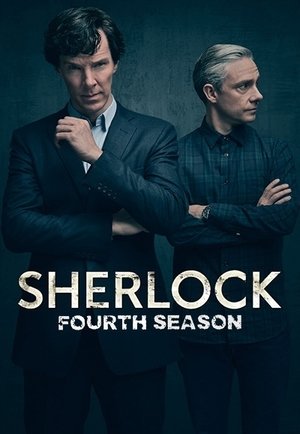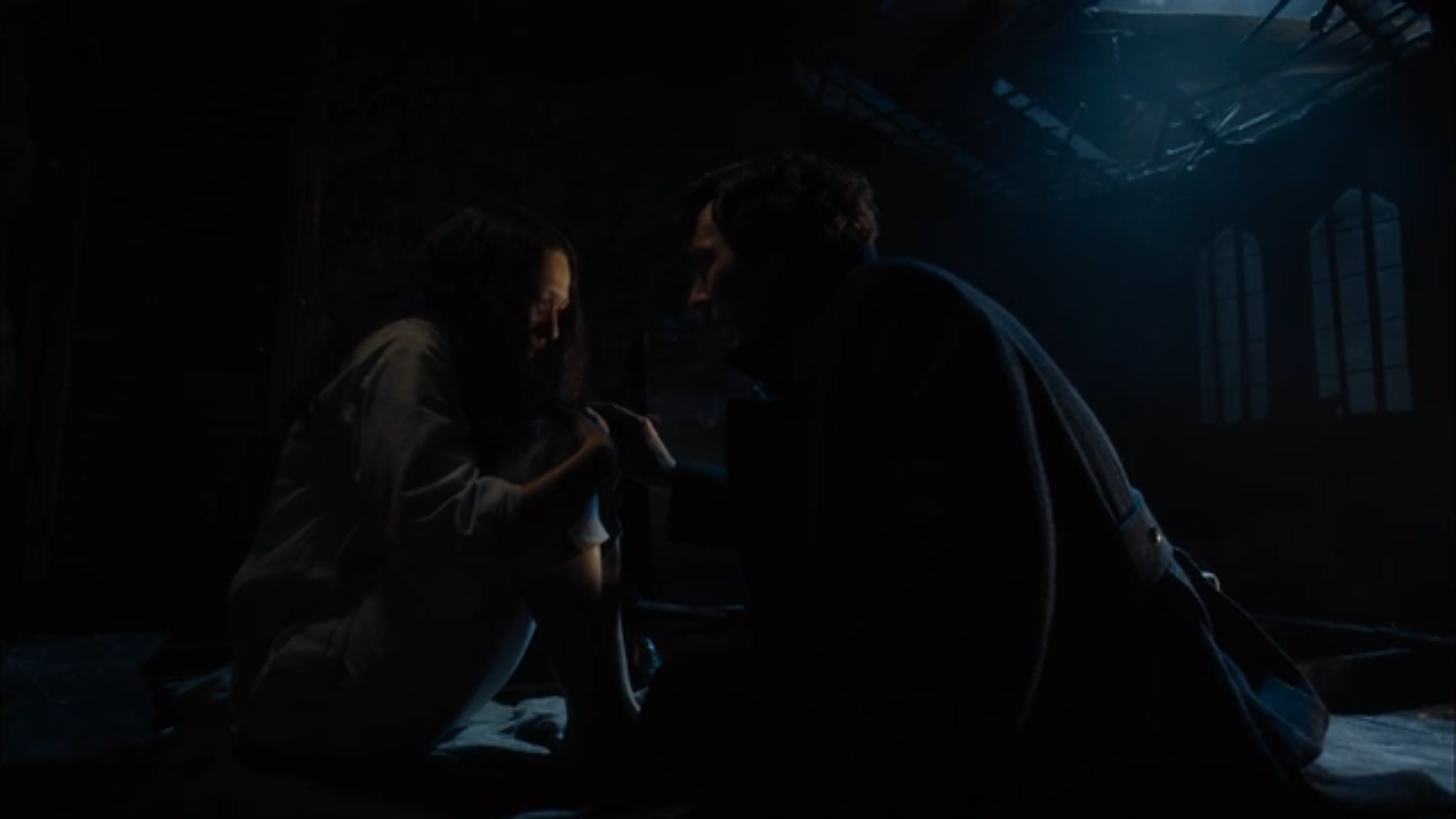

Even though all these characters are superheroes (and thus, pretty similar), one is clued by the actress who plays her, one by her secret identity, and two by what they wear. I appreciate the different angles Amanda took in each of her theme clues. This is a great set of characters spanning multiple franchises, and I can’t believe how well their names line up. USA Today, 06 23 2022, “Colorful Characters” Jeff Chen’s New York Times crossword-Ben’s review Gave this one the side-eye, but I googled it and it checks out. What did you try first? I wanted GOTTA BE, then AIN’T, before landing on the right answer. A sporran is definitely a kilt accessory, but I wouldn’t call a TAM one.

AFAIK, the TAM has nothing to do with the kilt other than being made with the same tartan. I had LAW here for too long which made for a slow beginning. I have always liked the word COHORT for some reason, going all the way back to my high school Latin class days. However, fill like EAT DIRT, “ HOW RUDE!,” RICOLA (“Riiicolaaaah!”), and “ CAN’T WAIT!” are a lot more fun.

So…a solid theme, maybe not the most thrilling, but solid wordplay. STRAINING and REFRAINS aren’t quite that, but there probably aren’t that many potential long entries for this theme.

That aha moment was what I needed to go back and finish the job.Ī puzzle is more fun for the solver when the theme answers are lively and interesting. Nothing was working for me at the start, so I ended up getting to the revealer without a clue to the theme. It comes after a three-year layoff, except for a Christmas special last year, and begins with an episode called “The Six Thatchers,” based on the Conan Doyle story “The Adventure of the Six Napoleons.” As in the story, someone is seeking out and breaking plaster busts of that titular historical figure. Which brings us to Season 4, beginning Sunday in Britain and America ( on PBS’s “Masterpiece Mystery!”). But being inhuman, in a witty and almost balletic way, had always been the best and most interesting thing about him. Her function, it seemed, was to generate situations that would draw out Holmes’s protectiveness on Watson’s behalf - to humanize Holmes. More ominous, though, was their introduction of a girlfriend and then wife for Watson, Mary (Amanda Abbington), who turned out to have a hidden past as a spy. A little of the air went out of the writing, which was disappointing but not too surprising - Steven Moffat and Mark Gatiss, the show’s creators, had set themselves a very high standard. Then came the show’s third season, in 2014. The bromance between Holmes and John Watson (Martin Freeman) added some emotional texture but didn’t get in the way of the fun. Holmes, played with a waspish glee by Benedict Cumberbatch, delighted in solving puzzles no one else could solve, and we delighted along with him. “Sherlock” arrived on BBC and PBS in 2010, a fresh and frantic reinvention of Conan Doyle’s Sherlock Holmes tales that focused on the pure joy of intellect. If Arthur Conan Doyle were writing it, he might call it “The Adventure of the Changeable Detective.”


 0 kommentar(er)
0 kommentar(er)
